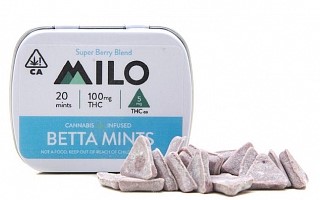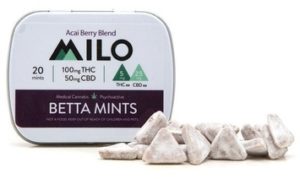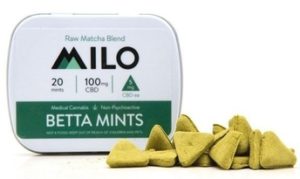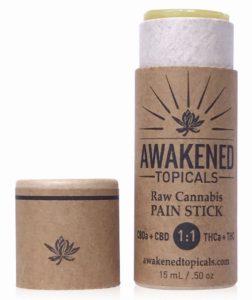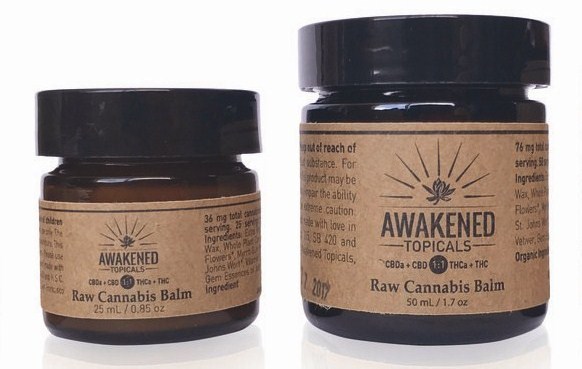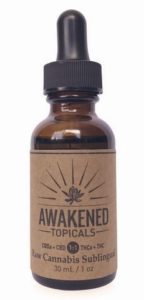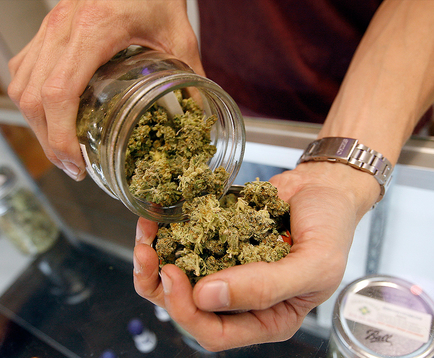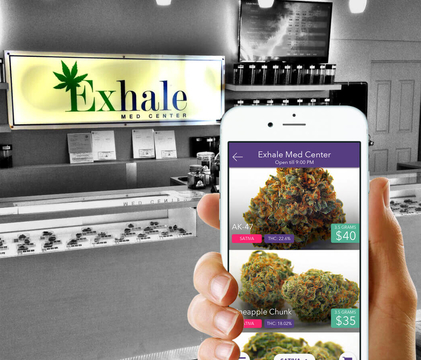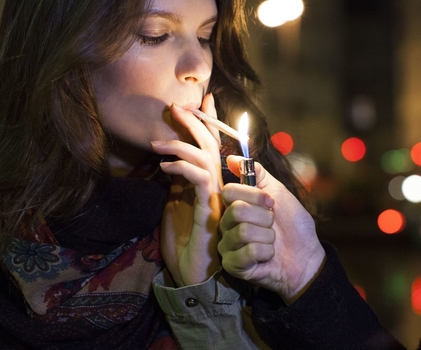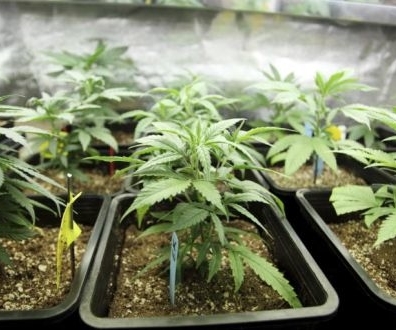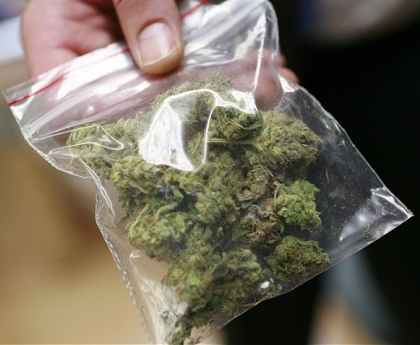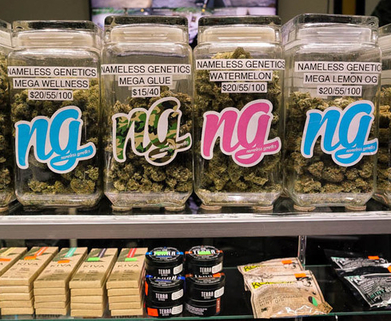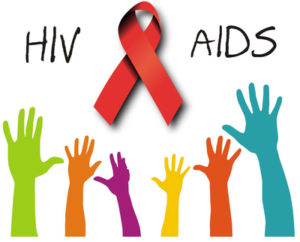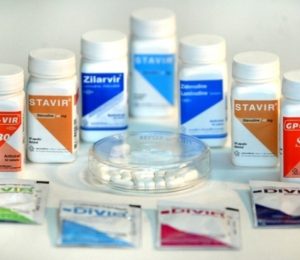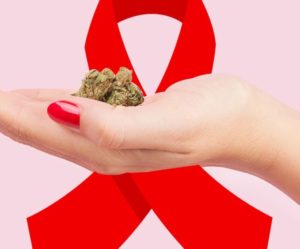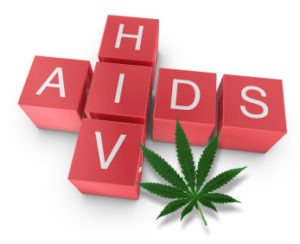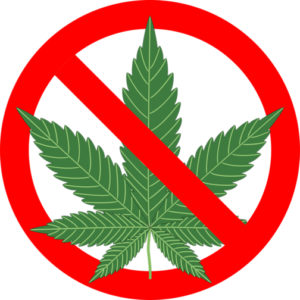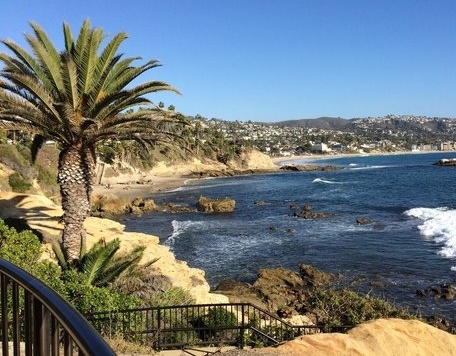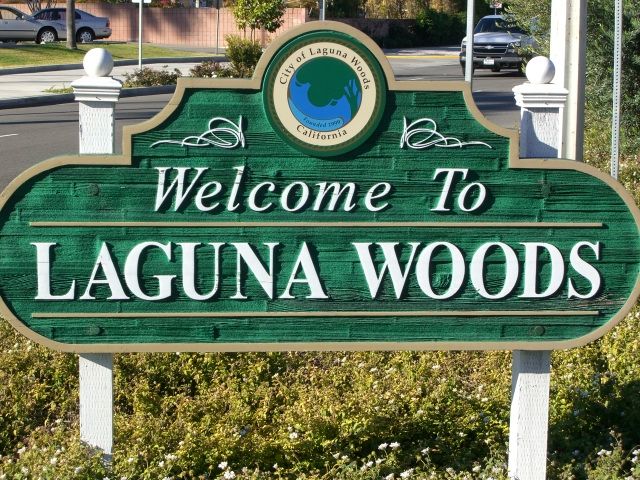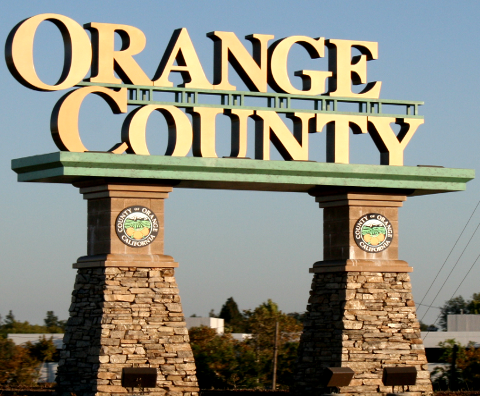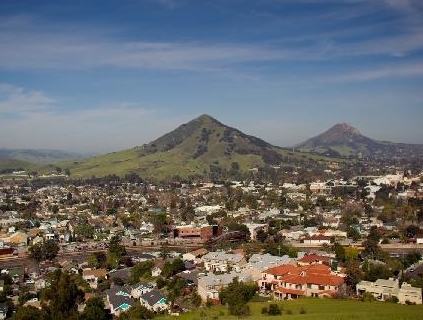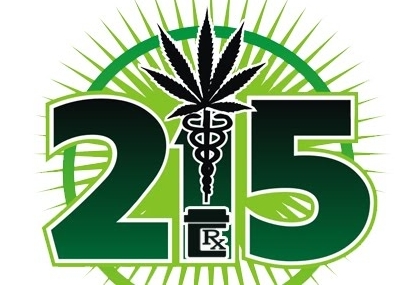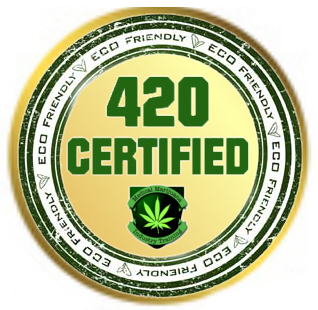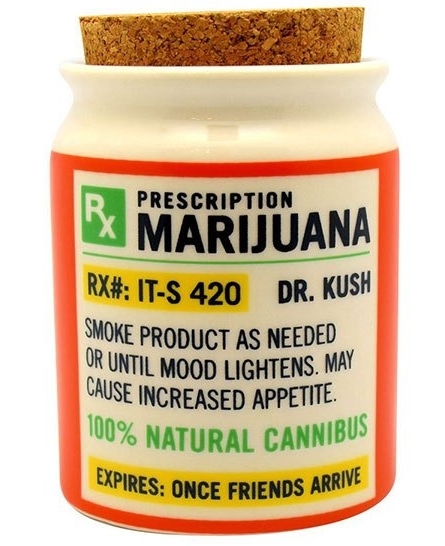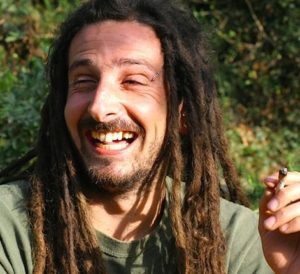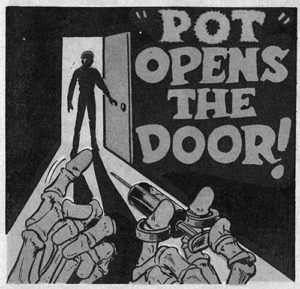Where to Apply for a License
First, you’ll need to apply for a temporary license in order to begin legal operations on Jan. 1, 2018. There will be two license categories issued by this branch: an “A license” for recreational cannabis businesses and an “M license” for medical cannabis businesses. You can hold both, but you must make a separate application for each type.
The Bureau doesn’t have the license application available online yet, but it does anticipate accepting applications shortly. When ready, you’ll find the application for a temporary license at www.bcc.ca.gov. You can submit your application electronically or mail a paper copy to:
Department of Consumer Affairs – Bureau of Cannabis Control
P.O. Box 138200
Sacramento, CA 95813-8200
CalCannabis@cdfa.ca.gov
So far, there’s no listed fee for the temporary application.
Can I Have Both a Medical and Recreational License at the Same Location?
You can apply for both a medical and recreational license at the same location if they’re for an identical type of commercial activity. Find the continued stipulations on holding two licenses for the same locale on page 24.
What If I Want to Run a Microbusiness?
Small cannabis providers were disturbed by the MMRSA’s licensing requirements that could potentially drive “mom and pops” out of business. In response, the Prop 64 allowed for specific Type 12-Microbusiness licensing if the applicant wants to distribute their own product.
In order to hold a microbusiness license, the business will need to engage in at least three of the following activities: cultivation, manufacturing, distribution, or retail.
Depending on the type of activities the microbusiness intends to engage in, the applicant will need to provide the same info as a regular cannabis business license, including a map of the facility showing all business activities taking place. This includes cultivation and manufacturing, which may make it difficult to find suitable physical locations due to local zoning laws. It should be possible if local authorities cooperate.
Microbusinesses will also be held to the same environmental protection standards and documentation requirements that all other cultivation and manufacturing licenses are held. The requirements are extensive, so applicants should consider the cost and feasibility of complying before beginning the licensing process.
Applying for the Permanent License
Once you’ve received your temporary license, you need to immediately fill out an annual license application. This is because your temporary license will only be valid for 120 days and can only be extended for another 90 days, if the state has received your annual license application.
What Do I Need to Apply for a Regular License?
First, you need to be compliant with your local jurisdiction to be approved. The state realizes locals are still setting up their own ordinances, so they’ve developed a system for approving licenses in the event of contingencies.
In some cases, like Long Beach, the jurisdiction isn’t handing out operating licenses just yet; the rules are still being drafted. Instead, they’re handing out authorization letters that only serve to continue the licensing process in a timely manner. They won’t allow a business to start operating, so find out whether your jurisdiction is allowing business to begin on January first, or merely helping to move the process along.
The Bureau will contact your local authorities once it’s processed your application. If you don’t provide a copy of your local ordinances with it, your local jurisdiction will have 60 days to respond to the state’s request for information.
Your jurisdiction will only have 10 days to respond if you do submit a copy; if they don’t, the state will deem all is in order and the application process will continue.
You’ll also be required to show a list of funds in savings, checking, and other accounts–including account numbers. They’ll need to list all loans in the applicant’s name and whatever security was provided for said loan. A list of investments made to the commercial cannabis business are required, along with a list of gifts made to the applicant for use in conducting commercial cannabis activity.
You’ll need to supply certain information about your business, including:
- Who the owners and financial interest holders are
- Where the business will operate
- What are the waste disposal procedures (tracked closely to prevent black market sales of “waste products”)
- Inventory and quality control methods
- Transportation plans
- Security plans
How Soon Will They Process My Application?
If your business has already been in operation under the Prop 215 before September 1, 2016, your application will be given priority review status. Also, if you’ve been honorably discharged from the Armed Forces, your application will be expedited (Sec. 5014, page 15).
Insurance Requirements for Distributors
Distributors will need to have a minimum of $2,000,000 worth of insurance, and a minimum of $1,000,000 for each loss. Specific requirements for the insured and insurers are listed on page 42.
Breakdown of Manufacturing Licenses
If you plan on manufacturing cannabis products, you should know the Manufactured Cannabis Safety Branch of the California Department of Public Health.
In addition to “A” and “M” type licenses, there’ll be four specific license types issued for manufacturing:
- 7: Extraction with volatile solvents
- 6: Non-volatile solvent or mechanical extraction (rosin press, making butter and oil, water and ethanol or carbon dioxide extraction)
- N: Infusions using pre-extracted cannabis oil
- P: Packaging and labeling
Whether the application is for a type 7 or type 6 license, any extracts created using CO2 or volatile solvents must use a closed loop system, which must be certified by a licensed California engineer and by the local fire code official. Hydrocarbon-based solvents must be at least 99% pure.
Production will be further limited to the amount of THC (10mg per serving/100mg per package) foods that can be infused with, and shape; nothing that’ll attract children. You’ll find more about on page 78 of the proposed manufacturing regulations.
A Note About Manufacturing Licenses Cost
The licensing restrictions for manufacturers may prove particularly onerous for smaller, non-microbusiness manufacturing establishments since each annual application costs $1,000, not including the licensing fee. If you need all eight licenses, the fees alone will be $8,000.
Each will carry an annual licensing fee based on gross sales. It’ll be at least $2,000 per license and at most $75,000. So the total for a very small edibles manufacturer who employs all methods for both adult and medical use would be, at minimum, $16,000; PLUS the application fee for all eight licenses, totaling $24,000.
Even a manufacturer who wishes to use one method of extraction but still wants to make and package their own product will face a minimum of $18,000 for the six required licenses. This doesn’t include local fees, inspection fees, CEQA compliance, etc. These costs are much higher at higher levels of operation.
A list of the other licensing fees for other cannabis businesses starts on page 16. Some of the amounts are surprising.
A Note on “Excessive Concentration
The Bureau can actually reject a license application for a retail license or microbusiness, even if it’s compliant in every other way, if it believes there’s an excessive concentration of these businesses in the area.
The problem is, “excessive concentration” isn’t firmly defined.
“(1) The ratio of licensees to population within the census tract or census division in which the applicant premises is located exceeds the ratio of licensees to population in the county in which the applicant premises is located, unless denial of the application would unduly limit the development of the legal market so as to perpetuate the illegal market for cannabis or cannabis products.
(2) The ratio of retail licenses or microbusiness licenses to the population within the census tract, census division, or jurisdiction exceeds that allowable by local ordinance adopted under section 26200.”
The only way to fight such a denial would be to prove that it said denial would “unduly limit the development of the legal market so as to perpetuate the illegal market for cannabis.”
Unfortunately, this isn’t the only arbitrary reason the Bureau can deny a license. It can also deny for “any reason specified in section 26057 in the Business and Professions Code, and on any additional grounds including, grounds for denial under section 5018 of this division, and grounds for discipline under the Act or this division.” The process for appealing a denial is listed on page 22.
Testing Laboratories
Licensed testing labs will need ISO/IEC 17025 accreditation to operate. However, they can get a provisional license while they seek this accreditation, so long as they meet the other standards. Laboratory license requirements are on pages 77-105, including testing requirements, which are very complex.
What Should I Do with My Current, Non-Compliant Inventory?
The department recognized that there will be product remaining on the market produced before these regulations come into effect. The proposed rules suggest these products can be sold with certain packaging and labeling restrictions until July 1, 2018 through both “A” and “M” licensees.
Anything produced after Jan. 1, 2018, must be extracted, produced and labeled according to the new standards. You can find out more about dealing with existing inventory on page 25.
Some Clarification on Points That Might Confuse Applicants
They’ll ask for information on “each owner who meets the criteria of Business and Professions Code section 26001(al).” Here’s what that section of the code says:
- The owner or owners of a proposed licensee. Owner means all persons having (A) an aggregate ownership interest (other than a security interest, lien, or encumbrance) of 20 percent or more in the licensee and (B) the power to direct or cause to be directed, the management or control of the licensee.
- If the applicant is a publicly traded company, owner includes the chief executive officer and any member of the board of directors and any person or entity with an aggregate ownership interest in the company of 20 percent or more. If the applicant is a nonprofit entity, owner means both the chief executive officer and any member of the board of directors.”
What If an Owner Quits the Cannabis Business?
A new license application must be submitted within 10 business days of ownership change. Info regarding notification and licensing requirements for ownership, financier and location changes begin on page 22.
New Dispensary Requirements
All commercial retailers are required to create a limited access area only for employees. They must keep logs of anyone else who enters this area and visitors must be escorted by an employee.
The Bureau is also establishing daily limits on the amount of cannabis sold to one customer at a time. This may seem reasonable, but not to patients who must travel hundreds of miles to obtain their medication. So medical patients can purchase up to eight ounces of flower at a time to alleviate this problem. If a patient has a physician’s recommendation stating he or she needs more, the dispensary can oblige.
There’s a nasty sticking point on page 51 regarding the provision of free cannabis goods. They’re just not allowed. If a facility has a type 10 retailer M license, type 9 retailer non-storefront M license or a microbusiness M license, they may provide free cannabis to needy patients if they meet certain criteria. In these situations, the provider still remains limited to giving away no more than they’d otherwise be allowed to sell in one day.
What Happens If I Violate One of These Regulations?
The Bureau claims full rights to search your business, records, books, equipment and vehicles. This includes your required videotape records. Even though you have the constitutional right to refuse self-incrimination and warrantless searches, doing so may result in an administrative violation and loss of your licensing right, along with fines.
If it does findsa minor violation, they will likely send you a notice to comply (page 106).
The Bureau reserves the right to revoke a license. It can also issue citations containing fines up to $5,000 and abatement orders for more serious violations. Fines must be paid within 30 days unless contested; a license cannot be reinstated until they’re resolved.
You can contest a citation within 30 days of receipt by requesting a hearing in writing. You can also request an informal hearing within 15 days. If you choose this option, the Bureau has 15 days to provide the hearing. It may decide to withdraw, modify or affirm the citation. At this point, the licensee can request for a hearing to proceed if filed.
The Bureau has a lot of leeway for modification of citations, or extending time for abatement or correction of a violation if there is good cause, so there are administrative options available to a licensee facing compliance difficulties. They may also be responsible for paying enforcement fees as decided by the administrative court. The details of disciplinary actions and some of the potential defenses are on page 105.
Final Note
Remember, if any of these proposed cannabis business regulations give you cause for concern, take a minute to contact the Bureau and profess your thoughts. Proposition 64 was submitted and adopted by the people, and the people own the licensing process as well.
